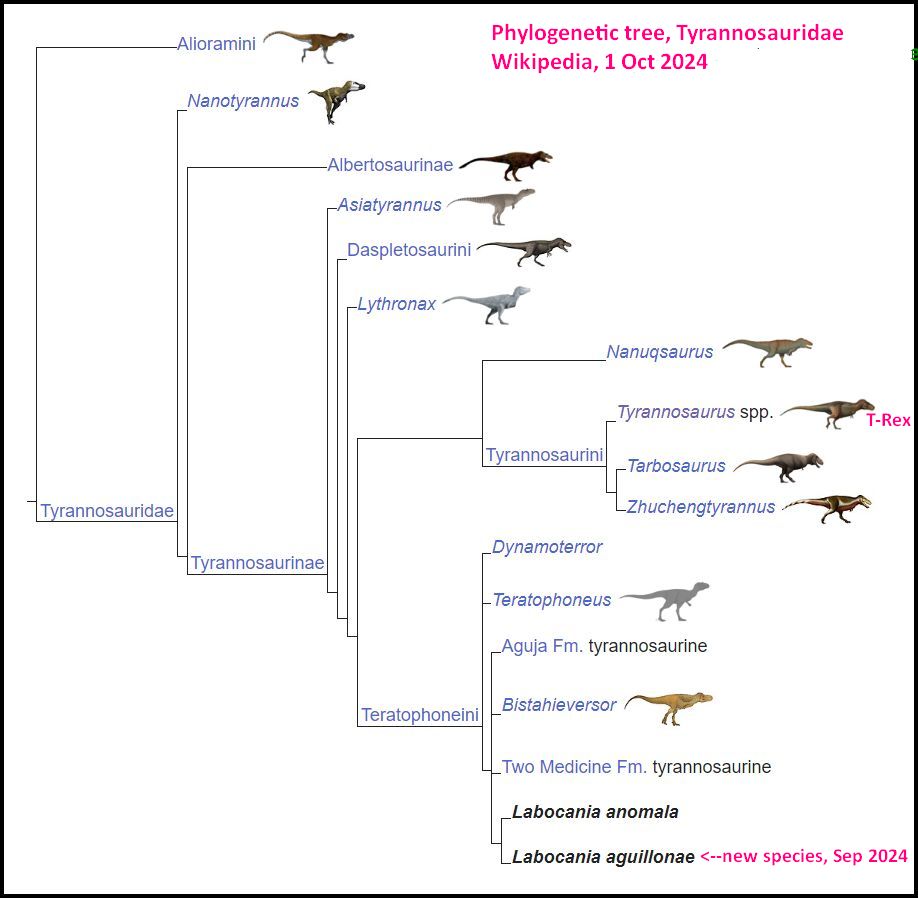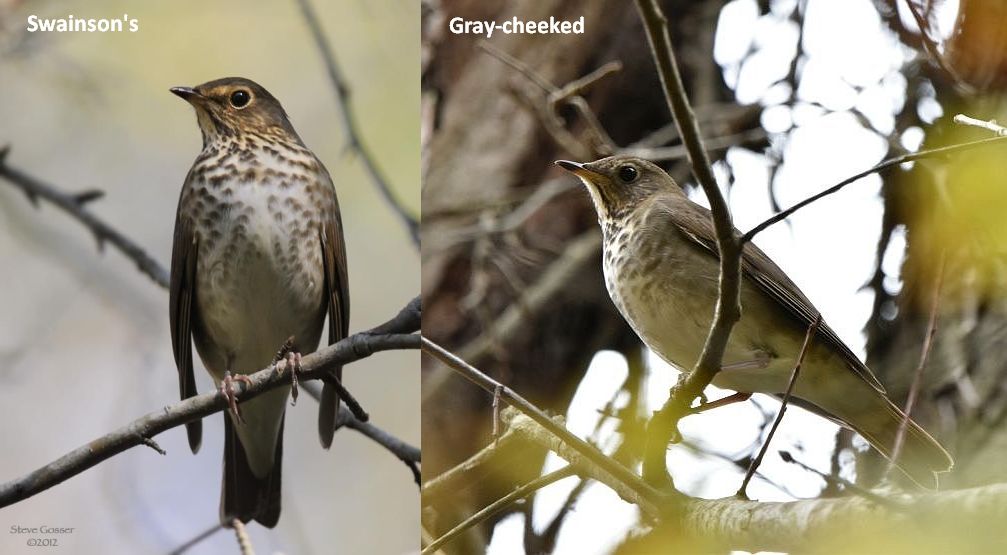
3 October 2024
On Tuesday I saw a monarch butterfly fly past my 6th floor window on its journey south. Every night that butterfly it will rest in sheltering vegetation and feed on flowers the next day. But what if those amenities aren’t available?
On Wednesday I noticed landscaping staff clearing a garden in front of an Oakland office building. Monthly gardening schedules, sometimes based on pre-climate change temperatures, call for clearing the garden or changing the plants in October. Salvia looks “leggy” now. Perhaps they were going to plant chrysanthemums.
Fortunately Saving Monarchs sends this helpful Facebook reminder for all gardeners. Take a break and let your garden sleep in!
This is a tiny screenshot. Click here to see the full Saving Monarchs post on Facebook!(*)
About the sign, Saving Monarchs says:
Some have messaged me asking if they can buy the sign, yes, they’re available for purchase. The large aluminum signs measure 18”x 12” are 50 plus shipping. I also make them in pvc size 9” x 11.5” and are 25 plus shipping. No extra shipping if you purchase more than 1. Obviously, due to shipping costs no posts are included, just the signs. Message [Saving Monarchs on Facebook] if you’re interested.
Read more about the benefits of leaving the leaves for insects, pollinators, birds, and even salamanders.
(*) p.s. I used a screenshot of the Saving Monarchs sign because Facebook’s embedded posts do not display on mobile devices.







































